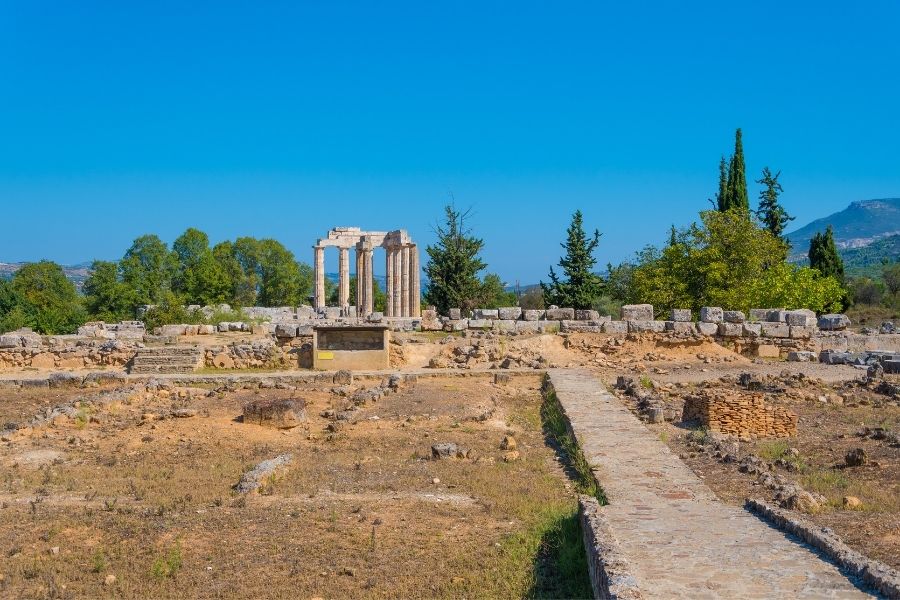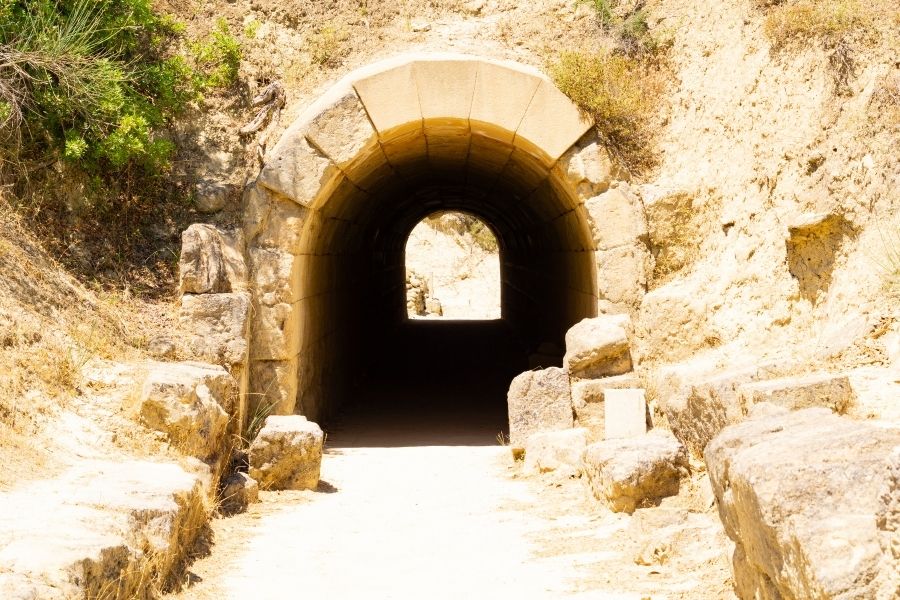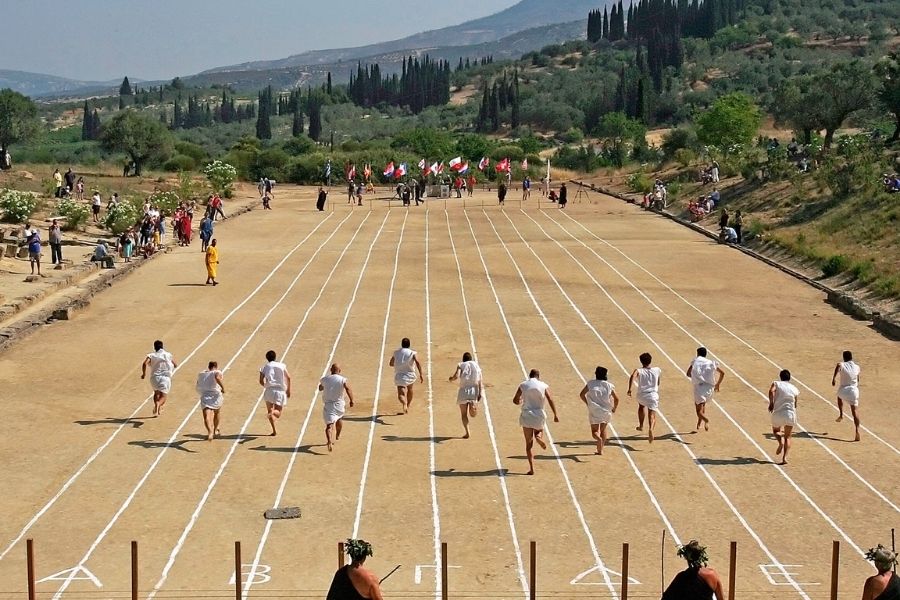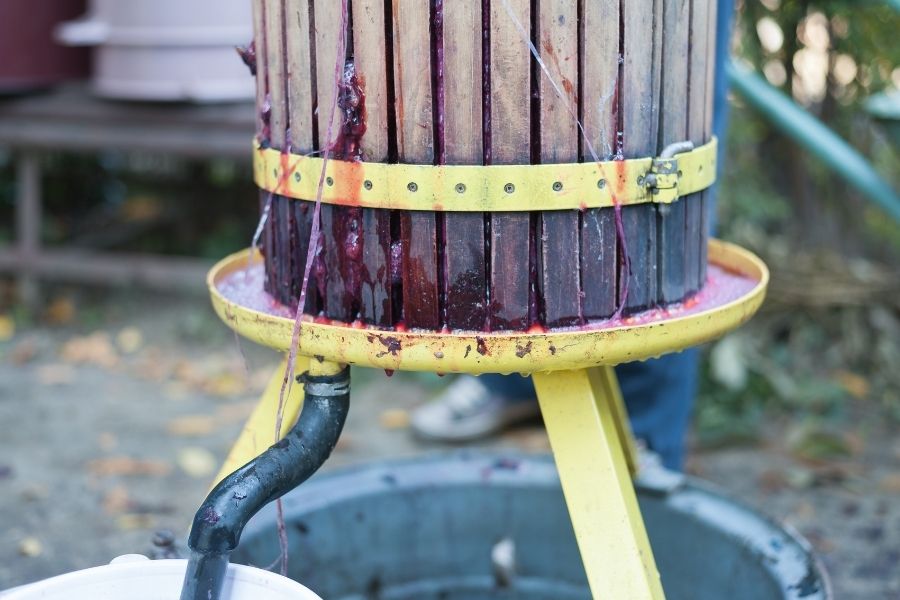When I arrived in Nemea, just a short drive from Athens, I felt like I’d stepped into another era. The ancient stadium loomed ahead, its weathered stones whispering stories of athletes and glory from thousands of years ago.
What really sets this place apart isn’t just the ruins—it’s how the old and new blend together. Nemea stands as both an archaeological wonder and a thriving, modern wine region.
Exploring Nemea gives you the rare chance to experience ancient Greek athletic history and world-class winemaking all in one go. I wandered among the ruins of Zeus’s temple in the morning, and by afternoon, I was tasting rich Agiorgitiko wines. That balance between culture and sensory pleasure is just… well, hard to beat.
Vineyards roll over the hills as they’ve done since ancient times, back when wine played a big role in religious ceremonies here.
As I made my way through Nemea, mythology and wine seemed to intertwine at every turn. The legend of Hercules and the Nemean Lion felt almost real as I explored this corner of the Peloponnese.

Local winemakers invited me in, eager to share stories and pour glasses of their deep red wines. It’s a side of Greece that feels authentic—something you just don’t find in the more crowded tourist spots.
Exploring Nemea: The Heart of Ancient Greece
Nemea grabbed my attention with its double life as a sacred athletic site and a buzzing wine region. As I walked the grounds, I sensed the weight of myth beneath my feet, while the vineyards promised more modern delights.
The Mythical Origins of Nemea
Nemea’s story kicks off with the Nemean Lion, which Heracles defeated during his legendary labors. According to myth, Zeus sent this beast to terrorize the area.
The name “Nemea” actually comes from the Greek for “wooded pasture,” which fits the landscape pretty well.
Homer even mentions Nemea in his epic poems, tying it to the world of the gods. I found it fascinating that Zeus received special reverence here, with festivals in his honor.
The Nemean Games started as funeral games for Opheltes, a royal infant killed by a serpent. These games grew to rival Olympia’s in prestige, attracting athletes from all over Greece every two years.
Geography and Landscape of the Nemea Region
Nemea sits tucked in the northeastern Peloponnese, about 25 miles southwest of Corinth. Rich soil and a unique microclimate make it perfect for agriculture—especially grapes.
The region gets hot, dry summers and mild winters, with mountains shielding it from the worst weather. Thanks to this, Nemea became Greece’s biggest PDO (Protected Designation of Origin) wine zone.
My drive from Athens took about 90 minutes. As I left the city behind, vineyards and olive groves began to dominate the view. Compared to the coastal scenes near Nafplion, this inland valley feels completely different.

The archaeological site spreads across a flat plain, surrounded by gentle hills. The Temple of Zeus stands at the center, and just a short distance away, modern wineries dot the landscape.
Tracing Athletic Legends: Nemea’s Ancient Games
Wandering through Nemea, I could almost hear echoes of ancient athletes who once competed here. The sacred grounds still seem to hold the spirit of competition.
History and Significance of the Nemean Games
The Nemean Games started as early as the 6th century BCE. They were one of the four big Panhellenic festivals, right up there with the Olympics.
People held the games in honor of Zeus, though some stories tie them to Opheltes. Athletes trained for months in the gymnasium, sticking to strict routines.
Unlike today’s sports, competitors went naked, rubbed down with olive oil and sometimes dusted with fine powder.
I found it surprising that winners only received a crown of wild celery—not exactly a gold medal. For them, honor and glory mattered more than any prize.
Every two years, the games brought together athletes from across Greece. Even during wartime, a sacred truce let them compete.
The Sacred Stadium and Its Acoustics
The stadium at Nemea really wowed me with how well it’s held up. The 178-meter track still has the old stone starting blocks, grooves and all.
I stepped into the tunnel where athletes once entered. The acoustics are wild—my whisper carried all the way through.
Judges watched from stone benches, always on the lookout for cheaters. Anyone caught cheating faced harsh penalties and public shame.

Right next to the stadium sits the small Temple of Zeus. It once housed a grand cult statue. These sacred spots made it clear that sports and worship went hand in hand in ancient Greece.
Beyond Nemea: Olympia and the Olympic Spirit
Nemea played a major role, but Olympia was the top of the athletic world. The Olympic Games began in 776 BCE and happened every four years. Greeks even used them to mark time.
Homer talked about athletic contests in his works, showing how central they were to Greek life. Competing was a way to honor the gods and show off arete—excellence.
Olympia felt even bigger, with more venues for different events. Olympic winners got olive wreaths from sacred trees, not celery.
The Archaeological Museum in Olympia displays some amazing Bronze Age athletic gear, like discuses and weights.
What ties these places together is their celebration of human strength and spirit. Athletes pushed themselves to the limit for a shot at glory—something we still admire.
A Day in Ancient Nemea: Walking in the Footsteps of Athletes
Exploring the ancient grounds of Nemea felt like a real step back in time. The air seemed thick with stories of athletic triumph and sacred rituals.
Reenacting Ancient Rituals and Traditions
I started my day at the old stadium, where athletes once gathered for the Nemean Games. The stone tunnel, smoothed by thousands of bare feet, gave me goosebumps.
This was the same path nervous competitors used over 2,300 years ago. The nearby gymnasium showed how athletes trained, with echoes of coaches and wrestlers in the air.
I saw the remains of old changing rooms, where competitors stripped down and oiled up before events. Learning that athletes competed completely naked was a bit surprising, but they believed it honored Zeus.

The recreated linen judge robes looked almost out of place next to all that athletic nudity.
Local Stories and Folklore
“This is where Dionysus himself is said to have blessed our vineyards,” said Dimitri, my local guide. His family has lived here for generations.
Dimitri’s stories brought the old athletic traditions to life as we walked past ancient ruins. Local legends tie the games to divine intervention.
One story describes actors playing Dionysus blessing athletes before competitions. Another tale claims Zeus himself took a champion’s victory wreath as a sign of favor.
These stories, handed down over centuries, add so much color to Nemea’s history. My favorite part? Hearing about the modern revival of the Nemean Games, where people still use that ancient tunnel.
Savoring the Vines: Nemea’s Wine Heritage
Nemea’s winemaking roots run deep, stretching back thousands of years. The region’s unique terroir and commitment to winemaking have earned it a spot among Greece’s top wine destinations.
The Art of Winemaking Through the Ages
Strolling through Nemea’s sun-drenched vineyards, I could almost feel the weight of history. People have made wine here since the Bronze Age, passing down techniques through the generations.
The ancient Greeks didn’t just make wine—they really knew what they were doing. Archaeologists have found clay vessels showing off their advanced fermentation skills.
Winemakers today respect those traditions but aren’t afraid to innovate. One vintner showed me how they blend hand-harvesting with modern fermentation tanks.

Agiorgitiko, often called “St. George,” is the star grape here. It produces everything from fresh, fruity reds to complex, age-worthy bottles.
Famous Wineries and Modern-Day Tastings
Nemea has nearly 40 wineries, from small family-run places to bigger estates. Many open their doors for tours, letting visitors soak in both history and stunning vineyard views.
I tried wines at three standout estates:
Domaine Skouras: A leader in modern Greek winemaking, known for award-winning Agiorgitiko.
Gaia Wines: Praised for elegant wines and careful barrel aging.
Papaioannou Estate: Focuses on organic methods and old-vine character.
Tasting sessions often include local foods that make the wines shine. I paired aged sheep cheese with a bold red and discovered flavors I’d never noticed before.
The Greece Wine & Culture Tour runs daily from 1:00 PM to 9:00 PM, offering a great mix of wine education and cultural experiences.
Dionysus and the Roots of Wine in Mythology
In Nemea, wine and Dionysus go hand in hand. Local winemakers still talk about the god of wine with a blend of reverence and humor.
According to the stories I heard, Dionysus gave humans their first grapevine and taught them how to ferment grapes. His wild, joyful, and sometimes dangerous nature seems to echo in the wines themselves.
Long ago, Nemea’s festivals for Dionysus drew huge crowds. Today’s wine festivals feel a bit tamer, but the tradition lives on.
I found it intriguing that some older winemakers still perform small rituals before harvest, quietly nodding to their mythic roots.
Hidden Treasures: Museums and Ancient Monuments
Nemea’s history really comes alive in its preserved sites and cozy museums. As I walked these ancient grounds, I felt the layers of time beneath my feet.
Visiting the Archaeological Museum of Nemea
The Archaeological Museum of Nemea quickly became a highlight for me. Unlike the packed tourist spots, this small museum houses artifacts that bring the Nemean Games to life.
I learned these weren’t just local contests—they rivaled Olympia in importance. The exhibits include athletic gear, pottery, and bronze vessels from ceremonies.
The most impressive pieces came from the Temple of Zeus and the stadium. Coins and ceremonial items revealed the deep religious meaning behind the games.

The museum staff, clearly passionate about Nemea’s story, told me archaeologists still uncover new finds in the area.
Discovering Whispered Memories at the Acropolis
Nemea’s acropolis sits on a hill apart from the stadium. It’s not as famous, but the views over the vineyards are breathtaking.
While Athens’ Acropolis is all about grandeur, Nemea’s feels quieter—more about defense than worship. As I wandered among stone foundations from the Bronze Age, I pictured ancient sentries watching for threats.
The ruins here aren’t as well preserved, and honestly, that gives them a certain mysterious charm. Bits of walls and scattered stones hint at what once stood.
Information panels helped me piece together how this settlement changed from prehistoric times through Greek and Roman eras.
Architectural Legacies from Ages Past
The Temple of Zeus stands out as Nemea’s most impressive architectural achievement. Three Doric columns tower above everything else, like ancient sentinels, somehow surviving both earthquakes and human destruction.
Just a short walk away, I found the ancient stadium. Its tunnel entrance remains one of the best-preserved from antiquity.
I stepped through that same stone corridor where athletes once walked before their competitions. Honestly, I could almost feel their nervous energy echoing off the walls.
The stone starting blocks are still there, marking the exact spots where runners lined up thousands of years ago. That kind of attention to athletic detail really struck me.

Ruins of the bathhouse reveal sophisticated engineering. You can see the channels where water used to flow.
Roman influences show up in the later buildings. It’s clear that architectural styles changed once Caesar’s influence made its mark on Greece.

